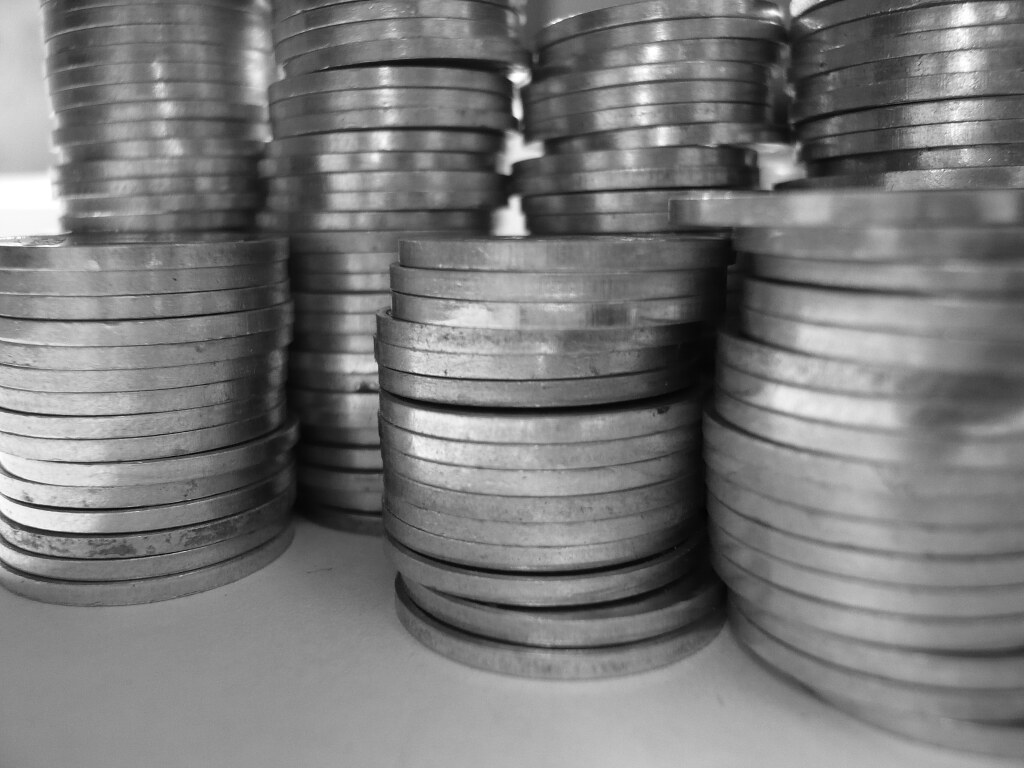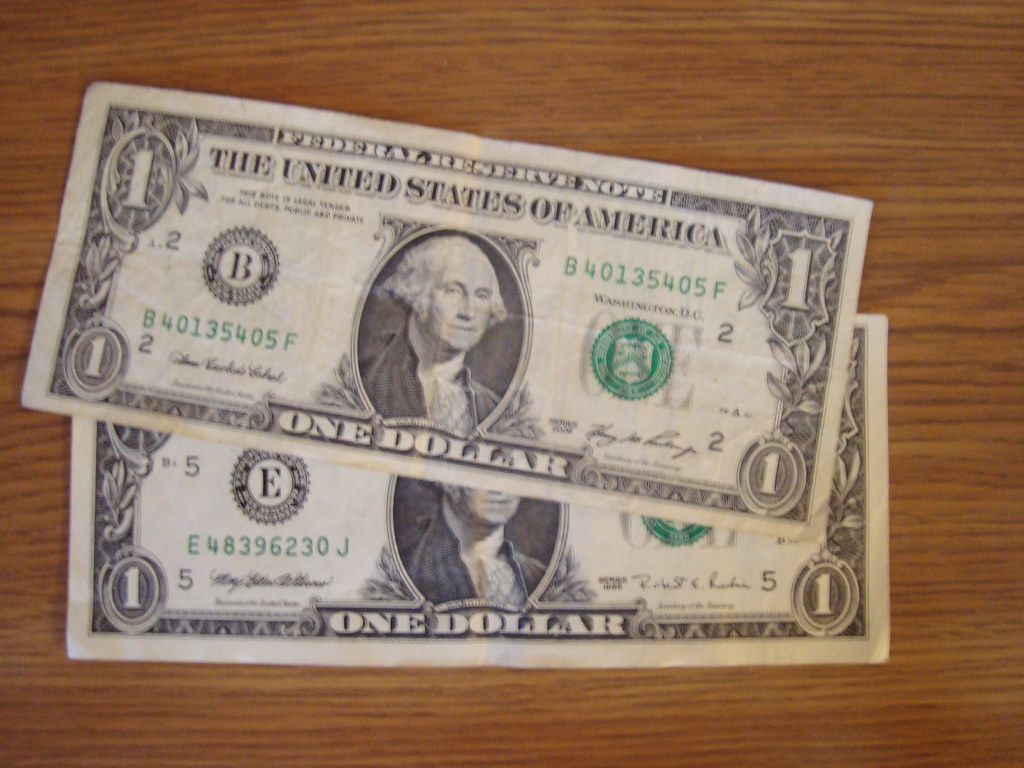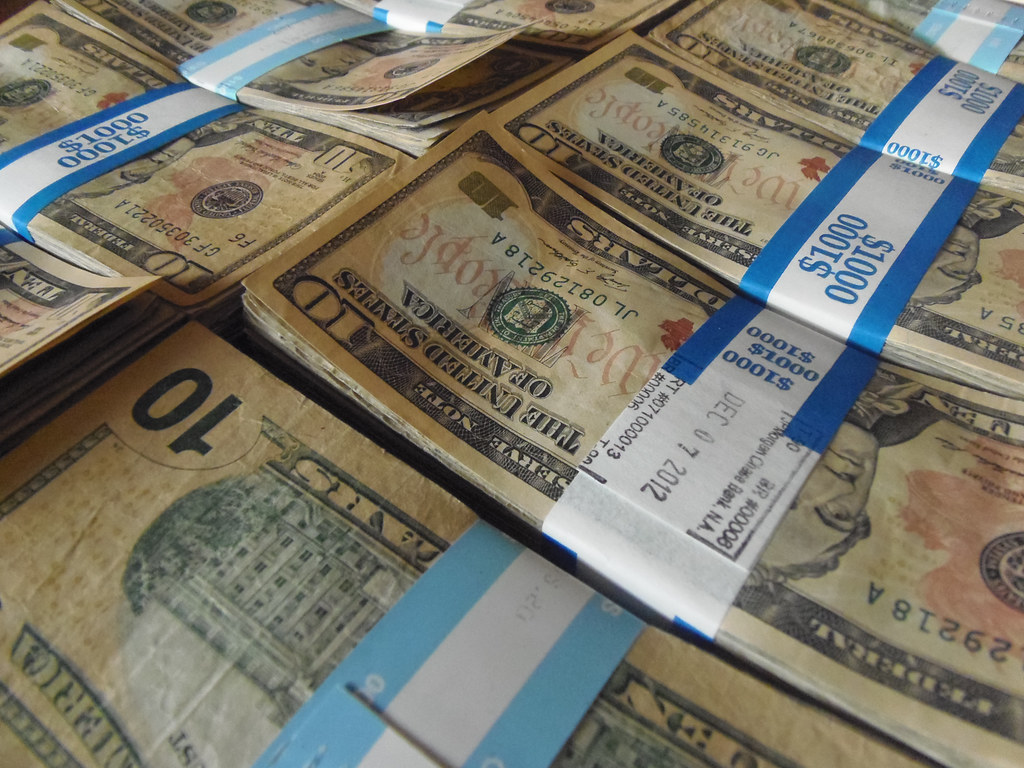
Money, a concept so deeply woven into the fabric of human society, is often taken for granted. We use it daily, exchange it for goods and services, and measure our worth by it, yet how many of us truly pause to consider its intricate nature, its storied past, or the complex systems that underpin its existence? Understanding money goes far beyond merely possessing it; it involves grasping its fundamental roles, its historical transformations, and the economic principles that give it power.
From ancient civilizations trading in barley and shells to the intricate digital transactions of today, money has continuously evolved, adapting to the needs and innovations of human commerce. It is a universal tool, yet its forms and functions have been incredibly diverse, reflecting distinct socio-economic contexts across the globe. This journey through the world of money reveals not just an object of exchange, but a fundamental pillar of human organization and interaction.
In this comprehensive exploration, we will unpack the multifaceted world of money, starting with its basic definition and essential functions. We’ll trace its fascinating etymological roots and its evolutionary path from rudimentary exchange systems to sophisticated modern forms. Join us as we uncover the crucial elements that make money work and delve into the various ways it is quantified and understood in today’s global economy.
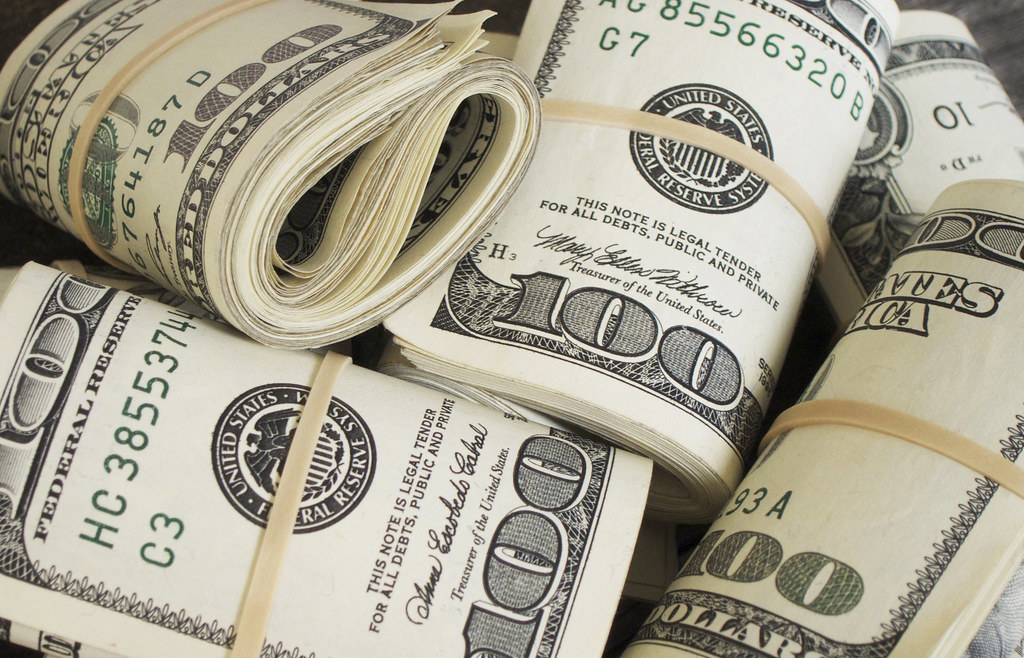
1. **The Fundamental Definition and Core Functions of Money**Money is not simply coins and banknotes; it is defined as “any item or verifiable record that is generally accepted as payment for goods and services and repayment of debts, such as taxes, in a particular country or socio-economic context.” This broad definition highlights its essential role as a universally recognized medium of exchange within a given economic system. Without such a common medium, transactions would be cumbersome, requiring a “coincidence of wants” between parties, a condition rarely met in complex economies.
The primary functions that distinguish money are universally recognized. Firstly, it serves as a medium of exchange, facilitating trade by avoiding the inefficiencies inherent in a barter system. Instead of needing to find someone who both has what you want and wants what you have, money allows for indirect exchange, freeing individuals to specialize and spend their earnings on any desired item.
Secondly, money acts as a unit of account, providing a standard numerical monetary unit of measurement for the market value of goods, services, and other transactions. This common denomination simplifies pricing, accounting, and the formulation of commercial agreements involving debt. It is the bedrock for efficient accounting systems, including double-entry bookkeeping, allowing for clear and consistent valuation across diverse markets.
Thirdly, money is a store of value, meaning it must be reliably saved, stored, and retrieved, and be predictably usable as a medium of exchange when retrieved. While inflation can diminish its purchasing power over time, its fundamental ability to retain value across time and space is crucial. Finally, some texts, particularly older ones, identify a fourth function: a standard of deferred payment, which is an accepted way to settle a debt. This allows people to buy now and pay later, with debts denominated in money, though their real value can be affected by inflation or deflation.
Contemporary money systems are largely based on unbacked fiat money, whose value is derived by social convention. Its status as legal tender, declared by a government or regulatory entity, mandates its acceptance as a form of payment within national boundaries “for all debts, public and private.” This governmental decree, rather than intrinsic commodity value, underpins the modern monetary system, emphasizing the societal trust and regulatory framework behind its acceptance.
Read more about: Mastering the Fundamentals: 10 Essential Business Principles for Aspiring Entrepreneurs and Established Leaders
2. **Unearthing the Origins: The Etymology and Earliest Precursors of Money**Delving into the etymology of the word ‘money’ offers a fascinating glimpse into its historical significance. The term itself derives from the Latin word ‘moneta’, which directly translates to ‘coin’ via the French ‘monnaie’. This linguistic journey underscores the deep roots of currency in ancient civilizations and their foundational economic practices. Understanding the origin of the word helps us appreciate the long human history of creating and using standardized units of value.
The Latin root, ‘moneta’, is widely believed to have originated from a temple dedicated to Juno, located on Capitoline, one of Rome’s revered seven hills. In the ancient world, the goddess Juno was often intricately associated with the concept of money and finance. This connection is not merely symbolic; the very mint of Ancient Rome, where coins were produced, was situated within the temple of Juno Moneta. This placement illustrates the sacred and civic importance attached to currency production in Roman society.
Further exploration of ‘Moneta’ suggests two possible derivations for the name. One theory posits it comes from the Latin word ‘monere’, meaning “remind, warn, or instruct.” This could imply money’s role in reminding people of value or instructing them on fair exchange. Another intriguing possibility links it to the Greek word ‘moneres’, meaning “alone” or “unique,” perhaps referring to money’s singular function as a universal standard. Regardless of the precise origin, these linguistic threads reveal a conceptual depth to money that transcends its material form.
In the Western world, another prevalent historical term for coin-money has been ‘specie’. This term stems from the Latin phrase ‘in specie’, which signifies “in kind.” This historical usage reflects a time when the value of money was often directly tied to the inherent material value of the metal it was made from, emphasizing its tangible, ‘in kind’ nature before the widespread adoption of representative and fiat systems. It’s a reminder of how our understanding and definition of money have evolved over centuries.
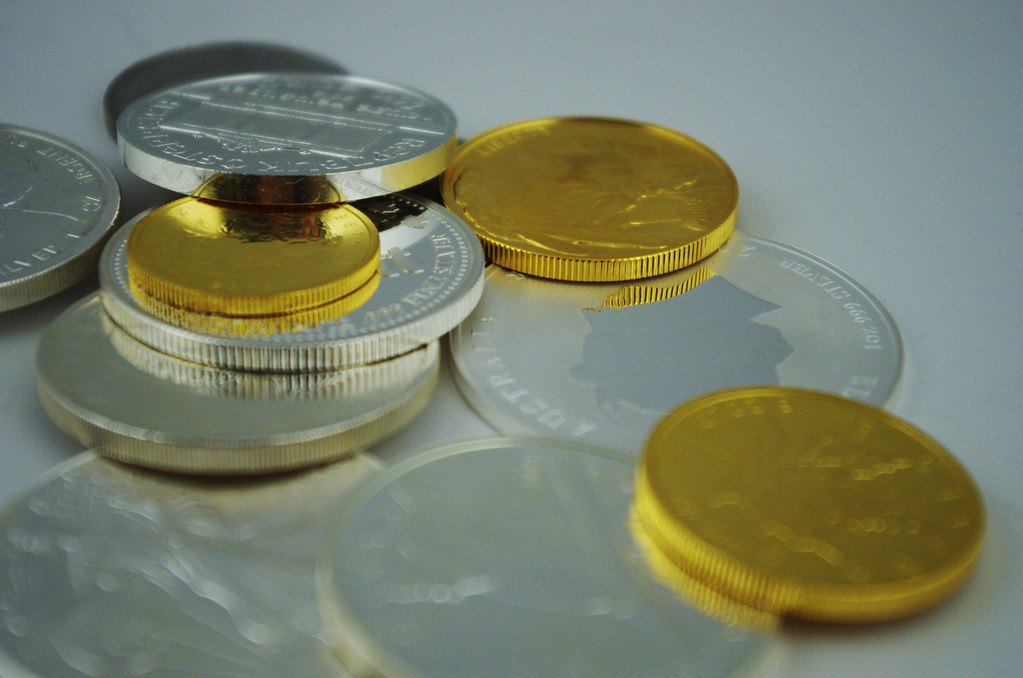
3. **The Evolutionary Journey: From Barter Systems to Commodity Money**The notion that ancient societies primarily relied on a complex barter system is a common misconception. While barter-like methods may trace back at least 100,000 years, there is “no evidence of a society or economy that relied primarily on barter.” This insight challenges our preconceived notions about early economic interactions and highlights the sophistication of even rudimentary non-monetary systems.
Instead of widespread barter, non-monetary societies largely operated along the principles of gift economy and debt. These systems relied on social trust, reciprocal obligations, and community ties, rather than direct, immediate exchanges of goods for goods. When barter did occur, it was typically in specific contexts, often “between either complete strangers or potential enemies,” where social trust might be absent, and a direct, transactional exchange was necessary to avoid future obligation.
As societies grew more complex, many cultures across the globe eventually developed the use of commodity money. This represents a significant evolutionary step in economic history. Commodity money involves items that possess intrinsic value and are generally accepted as payment. The value of commodity money stems directly “from the commodity out of which it is made,” meaning “the commodity itself constitutes the money, and the money is the commodity.”
Historical examples of commodity money are diverse and fascinating. The Mesopotamian shekel, for instance, was initially a unit of weight based on the mass of approximately 160 grains of barley, with its first usage term appearing around 3000 BC. Across the Americas, Asia, Africa, and Australia, shell money—often using the shells of the cowry—served a similar purpose. Furthermore, ancient Lydia, according to Herodotus, was pioneering, being “the first people to introduce the use of gold and silver coins” around 650 to 600 BC. These early forms illustrate the ingenuity of different cultures in establishing universally accepted stores of value and mediums of exchange.
4. **The Advent of Representative Money and the Birth of Paper Currency**The system of commodity money, while effective, eventually paved the way for a more abstract form of currency: representative money. This transition was a natural evolution driven by the practical challenges of handling, transporting, and securing bulky or heavy commodities like gold, silver, or barley. The need for a more convenient and portable medium led to innovations that fundamentally changed how value was exchanged and stored.
Representative money emerged as gold and silver merchants or banks began to issue receipts to their depositors. These receipts served as verifiable records, redeemable for the commodity money that had been deposited. Over time, these simple receipts gained broader acceptance as a means of payment, effectively becoming a form of money in themselves. Their value was derived not from the paper or token itself, but from the underlying commodity they represented, standing “in direct and fixed relation to the commodity that backs it.”
The most significant manifestation of representative money, and a major turning point in economic history, was the advent of paper money or banknotes. The world’s earliest forms of paper money, known as “jiaozi,” first appeared in China during the Song dynasty. These innovative banknotes evolved from promissory notes that had been in use since the 7th century, demonstrating a long tradition of credit and deferred payment in Chinese commerce. However, these early paper notes did not completely displace commodity money; they were used alongside traditional coins, reflecting a gradual acceptance and integration into the existing monetary system.
The concept of paper money reached Europe much later, primarily through the accounts of intrepid travelers. Marco Polo, in the 13th century, vividly described the Yuan dynasty’s use of paper money in a chapter of his book, “The Travels of Marco Polo,” titled “How the Great Kaan Causeth the Bark of Trees, Made Into Something Like Paper, to Pass for Money All Over his Country.” This fascinating account introduced Europeans to a revolutionary economic idea. Subsequently, banknotes were first issued in Europe by Stockholms Banco in 1661, marking the beginning of their slow but steady adoption across the continent, initially also used alongside coins, before the widespread adoption of gold standards and eventually, fiat currencies.
Read more about: Remember the ’90s? Here Are 12 Moments That Shaped the Decade and Still Echo Today!
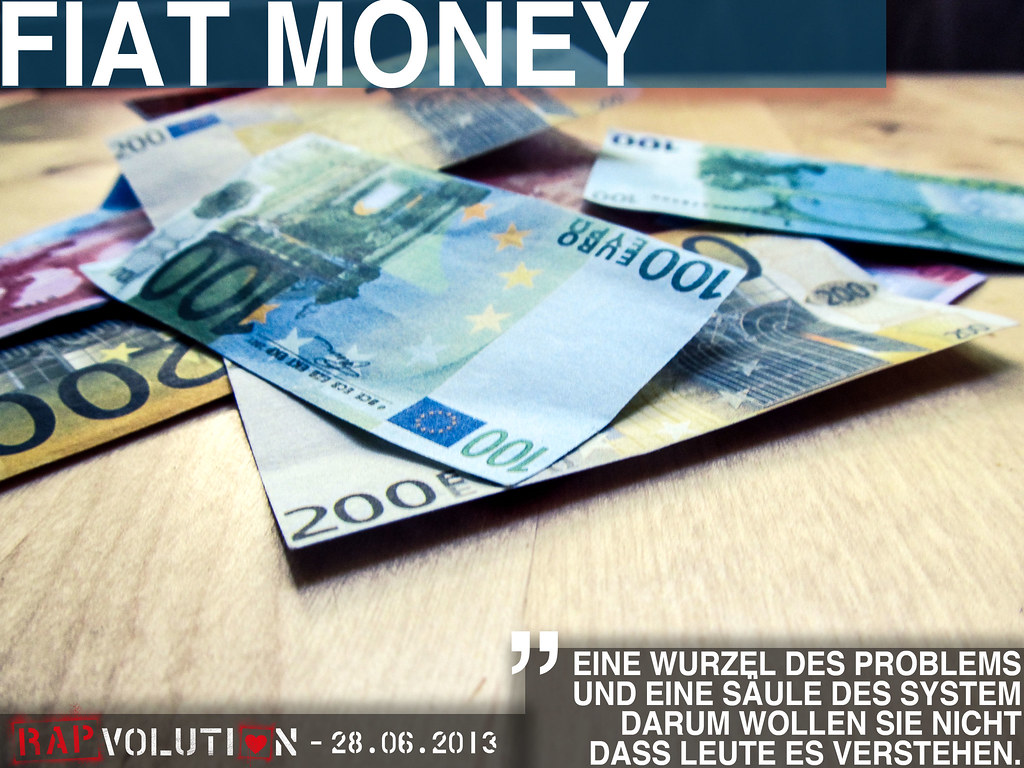
5. **Decoding Fiat Money: How Governments Define Value**Fiat money, or fiat currency, represents a significant departure from both commodity and representative money systems. Its defining characteristic is that its value “is not derived from any intrinsic value or guarantee that it can be converted into a valuable commodity (such as gold).” Instead, fiat money holds value solely “by government order (fiat),” making it a testament to the power of collective trust and legal decree in defining economic worth.
Typically, a government declares its fiat currency, usually in the form of notes and coins issued by a central bank, to be legal tender. This legal designation makes it unlawful for individuals or entities to refuse the fiat currency as a means of repayment for “all debts, public and private.” This governmental mandate is what underpins the widespread acceptance and utility of fiat money within a country’s borders, providing a stable and predictable medium for all financial transactions.
Historically, many countries linked their currencies to precious metals through systems like the gold standard. However, after World War II and the Bretton Woods Conference, most nations adopted fiat currencies pegged to the U.S. dollar, which was, in turn, fixed to gold. The pivotal moment arrived in 1971 when the U.S. government suspended the convertibility of the dollar to gold. Following this, many countries de-pegged their currencies from the U.S. dollar, resulting in most of the world’s currencies becoming unbacked by any physical commodity, relying instead on the government’s fiat of legal tender and the ability to convert money into goods via payment.
According to proponents of modern money theory, the value of fiat money is also strongly backed by taxes. By imposing taxes, states effectively “create demand for the currency they issue,” as citizens and businesses need to acquire the official currency to fulfill their tax obligations. This mechanism reinforces the currency’s acceptance and circulation, solidifying its role as the dominant form of money in contemporary economies.
Fiat money, if physically represented, like paper currency, can suffer damage or destruction. However, a distinct advantage it holds over commodity or representative money is the provision for replacement. The very laws that create fiat money can also define rules for its reconstruction or replacement in cases of mutilation. For example, the U.S. government will replace damaged Federal Reserve Notes if a significant portion can be reconstructed or proven to have been destroyed, a safeguard not afforded to lost or destroyed commodity money.
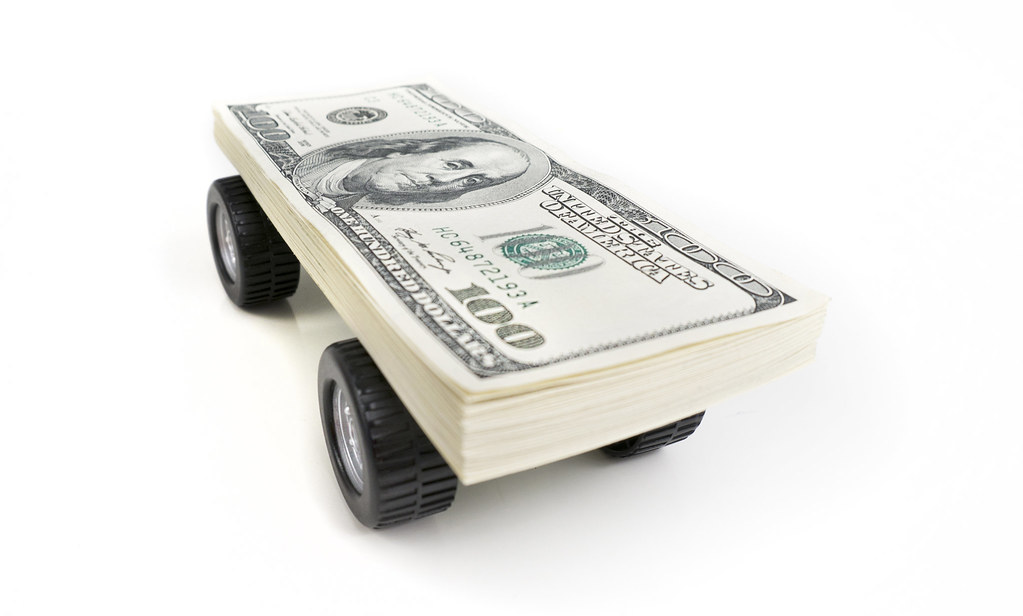
6. **The Essential Characteristics: What Makes Money Work?**For money to effectively fulfill its critical functions as a medium of exchange, a unit of account, and a store of value, it must possess several key properties. These characteristics ensure its practicality, reliability, and universal acceptance within an economy. Without these fundamental traits, any item attempting to serve as money would quickly lose its efficacy and utility, hindering economic activity and trust.
Firstly, money must be **fungible**, meaning its individual units are “capable of mutual substitution (i.e., interchangeability).” One dollar bill should be precisely equivalent in value and acceptance to any other dollar bill, regardless of its specific serial number or physical appearance. This interchangeability is crucial for easy transactions and ensures that the specific piece of money held does not affect its value.
Secondly, **durability** is a vital property; money must be “able to withstand repeated use.” Physical currency, such as coins and banknotes, is designed to endure frequent handling, transfer, and storage without rapidly deteriorating. This longevity ensures that money can circulate widely and continuously over time, maintaining its physical integrity and acceptability through numerous transactions.
Thirdly, **divisibility** allows money to be “divisible to small units.” This characteristic enables precise pricing and payment for goods and services across a wide range of values, from a single small item to a costly acquisition. The ability to break down larger denominations into smaller ones facilitates granular transactions and makes money practical for everyday use across an economy.
Fourthly, **portability** is essential; money must be “easily carried and transported.” Whether it’s physical cash in a wallet or digital balances accessible via a mobile device, money needs to be convenient to move from one place to another to facilitate transactions. Ease of transport enhances its utility as a medium of exchange, allowing individuals to transact wherever and whenever needed.
Finally, two other critical properties underpin money’s acceptance: **acceptability** and **scarcity**. Money must be “accepted by most people as payment” for goods and services, which is often reinforced by government declaration as legal tender. Concurrently, “its supply in circulation must be limited.” A limited supply is crucial for maintaining its value; if money were infinitely abundant, it would cease to be scarce and, consequently, would lose its purchasing power, leading to hyperinflation and economic instability.

7. **Navigating the Money Supply: Understanding M0, M1, M2, and M3**In economics, the term ‘money supply’ refers to “all currency in circulation (banknotes and coins currently issued) and, depending on the particular definition used, one or more types of bank money.” It encompasses all financial instruments within a specific economy that are available for purchasing goods or services. Economists utilize different measures, known as monetary aggregates, to quantify this supply, categorizing them based on the liquidity of the financial instruments.
The most commonly used monetary aggregates are conventionally designated M0, M1, M2, and M3, each representing successively larger and less liquid categories of money. These classifications provide a layered understanding of an economy’s financial instruments, from immediately accessible cash to broader, less liquid forms of deposits. The precise definitions for these aggregates can vary slightly between different countries, reflecting distinct financial structures and central bank policies.
M0, often referred to as base money, represents “the amount of money actually issued by the central bank of a country.” It is measured as currency (physical banknotes and coins) plus deposits held by banks and other institutions at the central bank. M0 is critically important as it is “the only money that can satisfy the reserve requirements of commercial banks,” forming the foundation upon which broader money supply aggregates are built through fractional-reserve banking.
M1 is a narrower measure, comprising “currency (coins and bills) plus demand deposits (such as checking accounts).” This aggregate includes only the most liquid financial instruments—those that can be immediately accessed and used for transactions without significant restrictions. Demand deposits, being convertible into physical notes or usable for cashless payments instantly, are a core component of M1, reflecting funds readily available for spending.
M2 expands upon M1 by adding financial instruments that are slightly less liquid but still easily convertible to cash. Specifically, M2 includes “M1 plus savings accounts and time deposits under $100,000.” Savings accounts offer a degree of liquidity, though they may have withdrawal limitations, and smaller time deposits are also considered because of their relatively quick conversion to demand deposits or cash. This measure provides a broader view of money held by individuals and businesses for transactions and short-term savings.
M3, the broadest of these aggregates, encompasses “M2 plus larger time deposits and similar institutional accounts.” This category includes financial instruments that are generally less liquid than those in M1 and M2, often held by larger institutions or for longer investment horizons. While the definition of M3 can vary significantly by country, it generally aims to capture a comprehensive scope of money within the financial system, moving from the most liquid (M0, M1) to relatively more illiquid instruments (M3). Understanding these aggregates is crucial for economists and policymakers to gauge the health and activity of an economy.
.JPG/800px-Banco_de_Inglaterra%2C_Londres%2C_Inglaterra%2C_2014-08-11%2C_DD_141_(cropped).JPG)
8. **The Mechanisms of Money Creation: Central Banks and Commercial Lending**The creation of money within contemporary economic systems involves two distinct yet interconnected procedures. Legal tender, or narrow money (M0), is primarily physical cash—coins minted and banknotes printed directly by a country’s central bank. This base money forms the bedrock of the entire monetary system, representing the most tangible and foundational form of currency in circulation.
However, a far greater proportion of the money supply in developed nations exists not in physical form but as bank money, or broad money (M1/M2). This form of money is generated by private commercial banks, arising primarily through the recording of loans as deposits for borrowing clients. This process is supported by a partial cash ratio, adhering to the principle of fractional-reserve banking, and largely occurs as electronic money within bank ledgers.
Contrary to popular misconception, commercial banks do not simply act as intermediaries, lending out deposits that savers place with them, nor do they depend on central bank money (M0) to create new loans and deposits. In reality, banks create new money when they issue loans. While central banks can influence the amount of loans and deposits through their interest rate-setting monetary policies, they generally do not control the direct creation of this commercial bank money, highlighting a crucial dynamic of modern monetary systems.
9. **Understanding Market Liquidity: The Ease of Exchange**Market liquidity is a crucial concept in finance, describing how easily an item can be traded for another item or, more commonly, converted into the standard currency within an economy. In the spectrum of assets, money stands out as the most liquid. Its universal recognition and acceptance as a common currency mean it can be readily exchanged for goods and services, providing consumers with unparalleled freedom to transact without the complexities and limitations inherent in a barter system.
The ease of exchange afforded by money is a cornerstone of efficient markets. Liquid financial instruments are characterized by their tradability and low transaction costs. This implies that there should be no, or at least minimal, difference between the prices at which one can buy and sell the instrument being used as money. This narrow spread ensures that transacting with money is predictable and cost-effective, encouraging its widespread use and facilitating robust economic activity.
A highly liquid monetary system enables seamless transitions between different forms of value, such as converting digital balances to physical cash, with minimal effort and cost. Money’s supreme liquidity prevents commerce from grinding to a halt, underpinning the fluidity and dynamism of modern economies. This makes it indispensable for daily transactions and ensures economic responsiveness to evolving market demands.
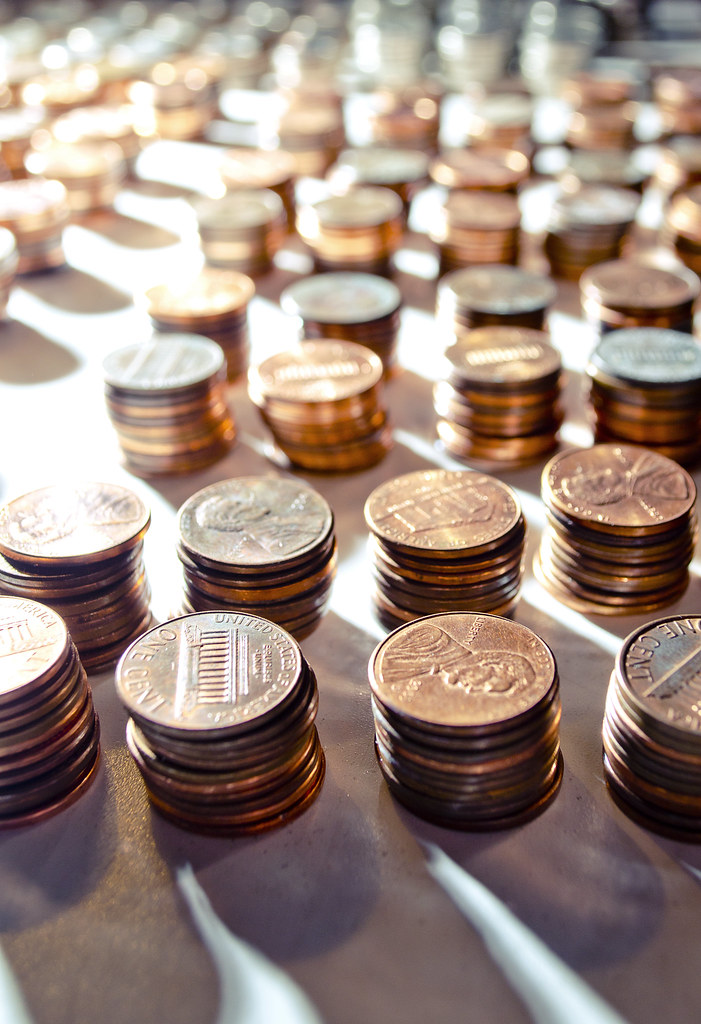
10. **Coinage: The Enduring Legacy of Stamped Metal**The historical evolution of money saw a pivotal shift when the store of value transitioned to metals themselves, initially silver, then both silver and gold, and eventually including bronze. This development led to the practice of mining these metals, weighing them, and then stamping them into coins. The act of stamping provided crucial assurance to individuals accepting the coin: it guaranteed a known, specific weight of precious metal, thereby standardizing value and fostering trust in transactions across diverse communities.
While coins offered a more standardized and portable form of money, challenges like counterfeiting quickly emerged. However, the invention of coinage also brought about a new unit of account, laying some groundwork for the development of banking. A significant advancement in ensuring the integrity of coins came with Archimedes’ principle, which allowed for the easy testing of a coin’s fine metal weight. This meant the true value of a coin could be determined even if it had been shaved, debased, or otherwise tampered with, a critical step in maintaining monetary stability and trust.
Historically, major economies often employed a tiered system of coinage, typically consisting of gold, silver, and copper. Gold coins were reserved for substantial purchases, state activities, and military payments, signifying their high value. Silver coins facilitated mid-sized transactions and served as a primary unit of account for taxes, contracts, and other agreements. Copper coins, on the other hand, were the coinage of common, everyday transactions. This tripartite system, evident in ancient India and persisting through medieval Europe due to stable metal supplies, demonstrated an ingenious approach to managing currency for varied economic scales and needs.
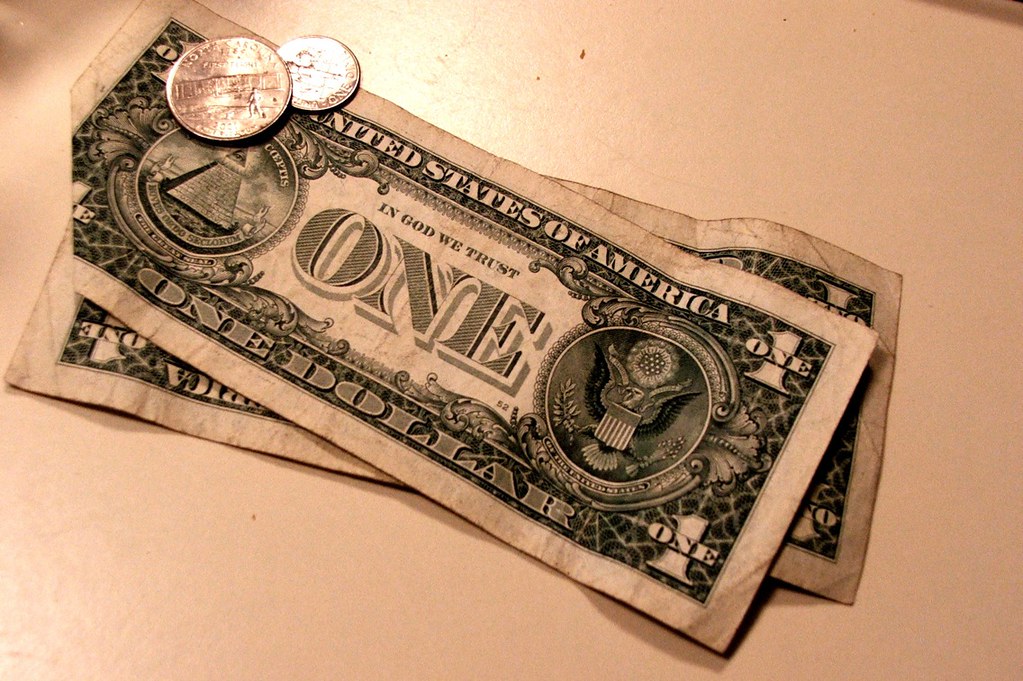
11. **The Evolution of Paper Money: From Receipts to National Currency**In premodern China, the escalating demand for credit and the sheer impracticality of handling vast quantities of heavy copper coins spurred a revolutionary innovation: the introduction of paper money. This transformation was not an overnight event but a gradual process that unfolded from the late Tang dynasty into the Song dynasty. It began modestly, with merchants issuing receipts of deposit as promissory notes, allowing traders to exchange their cumbersome coinage for a more manageable, temporary medium within specific regional territories.
The utility and convenience of these early paper notes soon caught the attention of the Song dynasty government. In the 10th century, the government started circulating these notes among traders within its monopolized salt industry, recognizing their potential to streamline commerce. With the support of widespread woodblock printing and later movable type printing by the 11th century, a standardized, uniform government-issued paper money finally gained acceptance as a nationwide currency by the mid-13th century, profoundly impacting Chinese economic life.
The introduction of paper money to Europe came much later, with Sweden pioneering its use in 1661. Given Sweden’s abundance of low-value copper, paper currency offered numerous benefits: it drastically reduced the risks and costs of transporting precious metals, facilitated the lending of specie at interest, and proved instrumental in enabling stock sales. However, these advantages were accompanied by inherent disadvantages, as without intrinsic value, there was no limit to printing, often leading to inflationary pressures, a phenomenon observed by David Hume. This association with war financing and the risk of speculative bubbles fueled suspicion, ultimately shaping the cautious integration of paper currency into Western economies, leading to gold and silver standards eventually giving way to modern fiat systems.
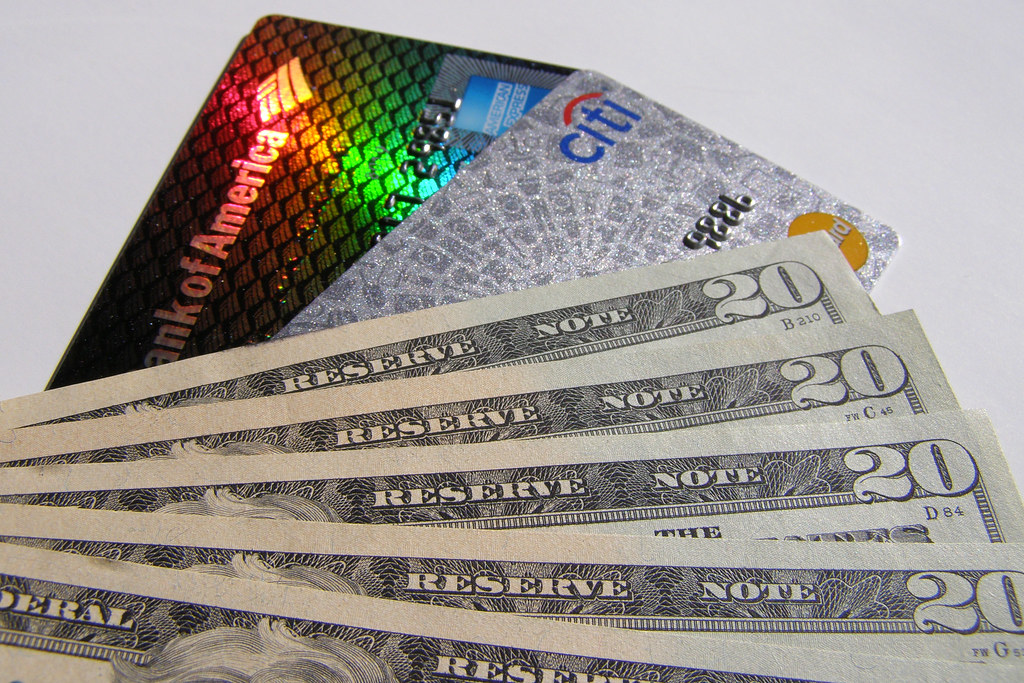
12. **Commercial Bank Money: The Unseen Engine of Modern Economies**In developed countries today, the vast majority of broad money supply exists as commercial bank money, or demand deposits. These are claims against financial institutions, recorded on their books, readily used for purchases. Demand deposit accounts offer flexibility, allowing funds to be withdrawn at any time—whether via checks, ATMs, or online banking—without prior notice. This money is uniquely created by commercial banks through fractional-reserve banking, where banks maintain only a fraction of deposits as reserves, yet are obligated to redeem all deposits upon demand. When banks extend loans, the amount is recorded as a new deposit, expanding the money supply without increasing physical cash.
This form of money differs significantly from both commodity and fiat money in two critical aspects. Firstly, it is non-physical; its existence is purely digital, reflected solely in the account ledgers of banks and other financial institutions. Secondly, it carries an inherent element of risk: there is always a theoretical possibility that a claim might not be fulfilled if the financial institution were to become insolvent, although robust regulatory frameworks are in place to mitigate such risks in most modern economies.
While the money multiplier theory attempts to explain how commercial bank money is created as a multiple of central bank money, it’s important to recognize that contemporary central banks generally do not directly control this creation process. Instead, their influence is more indirect, primarily exerted through interest rate-setting monetary policies. These policies naturally affect the demand for loans and, consequently, the volume of deposits that commercial banks create, highlighting the complex interplay between central bank policy and commercial banking operations in shaping the overall money supply.
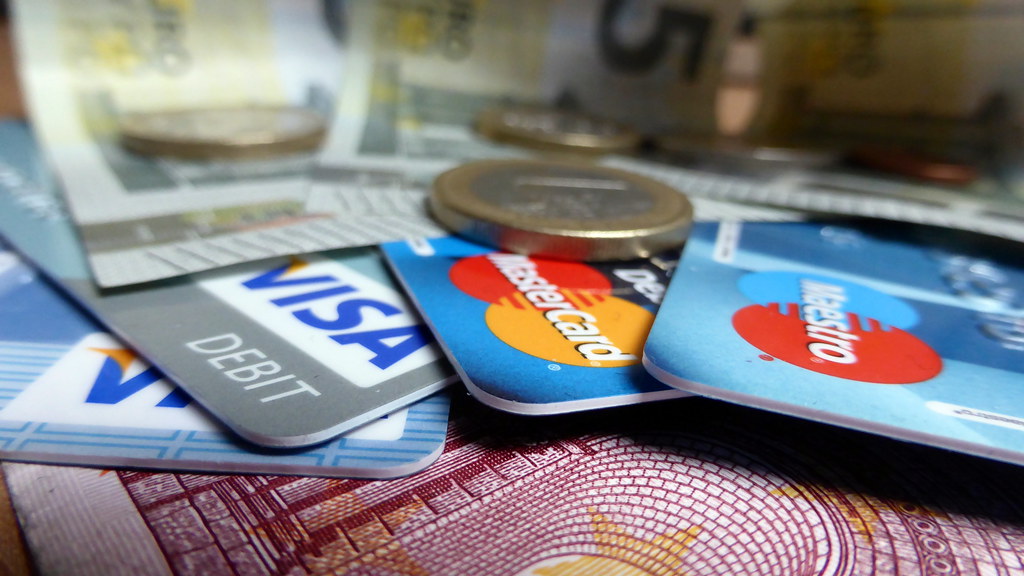
13. **Digital Currencies and Monetary Policy: Shaping the Future of Money**The latter half of the twentieth century ushered in a new era for money with the advent of computer technology, enabling currency to be represented digitally. By the 1990s in the United States, all money transfers between the central bank and commercial banks were conducted electronically, marking a significant shift from physical to digital transactions. By the early 2000s, the majority of the world’s money existed as digital currency within bank databases, fundamentally transforming how value is held and exchanged globally.
Further innovation in the digital realm saw the emergence of anonymous digital currencies in the early 2000s, with Bitcoin in 2008 introducing the groundbreaking concept of a decentralized currency that eliminated the need for a trusted third party. This paradigm shift opened the door to a new class of digital assets, challenging traditional notions of central authority in monetary systems. This evolution highlights the increasing importance of modern monetary policy, which, no longer tied to gold, is actively used by central banks to influence the economy and maintain low and stable inflation, directly or indirectly.
Central banks like the Federal Reserve and the European Central Bank utilize a range of sophisticated tools to conduct monetary policy. These include adjusting interest rates for commercial banks, engaging in open market operations, and providing forward guidance through published forecasts. They can also alter bank reserve requirements, all aimed at influencing economic activity and achieving macroeconomic stability, such as maximum employment and moderate long-term interest rates. These strategies have evolved, moving from monetarist theories of the 1970s and 1980s to directly targeting inflation with interest rates as the main instrument since the 1990s.
A failed monetary policy can have severe consequences, ranging from hyperinflation and stagflation to widespread unemployment and economic collapse, as witnessed in post-Soviet Russia. This underscores the critical importance of effective monetary governance in an increasingly digital and interconnected global financial landscape. The ongoing evolution of digital currencies presents both opportunities and challenges for central banks, requiring adaptive policy frameworks to ensure stability and trust in the future of money.
As we conclude this comprehensive journey through the intricate world of money, it’s clear that this concept is a testament to human ingenuity and societal trust. From ancient exchanges to digital networks, money has constantly reshaped itself, reflecting our evolving needs and technological prowess. It’s more than just a transaction medium; it’s a dynamic force underpinning economies, driving innovation, and facilitating global interaction. Understanding its origins, mechanisms, and evolution empowers us to navigate today’s and tomorrow’s financial landscapes, appreciating its profound impact.

